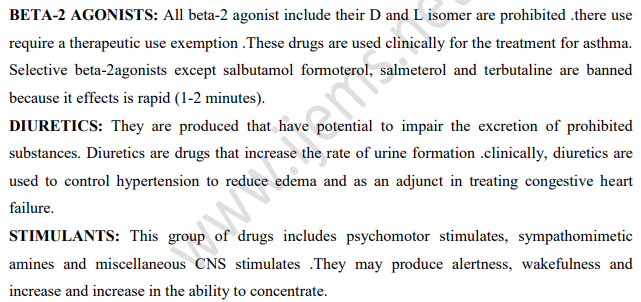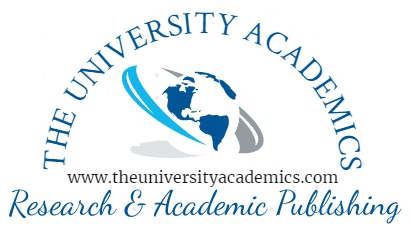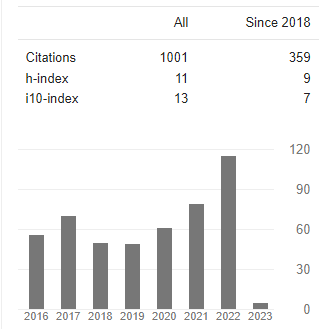DOPING IN SPORTS
Abstract
The use of legal and illicit medical substances is widespread in international sport and becoming more complex. Serious concern exists about the use of illicit substances, as listed in the list of the World Anti Doping Agency (WADA) of prohibited substances. This phenomenon is also present among athletes and positive doping cases have been reported in the media among local sportspersons from varying disciplines. Athletes have used a myriad of performance-enhancing substances since ancient times and this practice continues today. This review discusses the early history of doping in sport, the use of stimulants and anabolic during the nineteenth and twentieth century’s, the current use of performance-enhancing drugs by Olympic, professional players. Doping is now a global problem that follows international sporting events worldwide. International sports federations, led by the International Olympic Committee, have for the past half century attempted to stop the spread of this problem, with little effect. It was expected that, with educational programs, testing, and supportive medical treatment, this substance-abusing behavior would decrease. Unfortunately, this has not been the case. In fact, new, more powerful and undetectable doping techniques and substances are now abused by professional athletes, while sophisticated networks of distribution have developed. Professional athletes are often the role models of adolescent and young adult populations, who often mimic their behaviors, including the abuse of drugs. This review of doping within international sports is to inform the physical education community and addiction treatment professionals of the historical basis of doping in sport and its spread to vulnerable athletic and non-athletic populations.
Downloads
References
2. Cotolo, F. (1992). Better racing through chemistry. Times: In harness (eightpart series). February 8, 22; March 7, 21; April 4, 18; May 2, 16.
3. Mayo Clinic On-Line. Teen athletes and performance enhancing substances: what parents can do.www.mayoclinic.com.
4. University of Oregon. Atlas and Athena Programs. www.ohsu.edu/hpsm/index.















